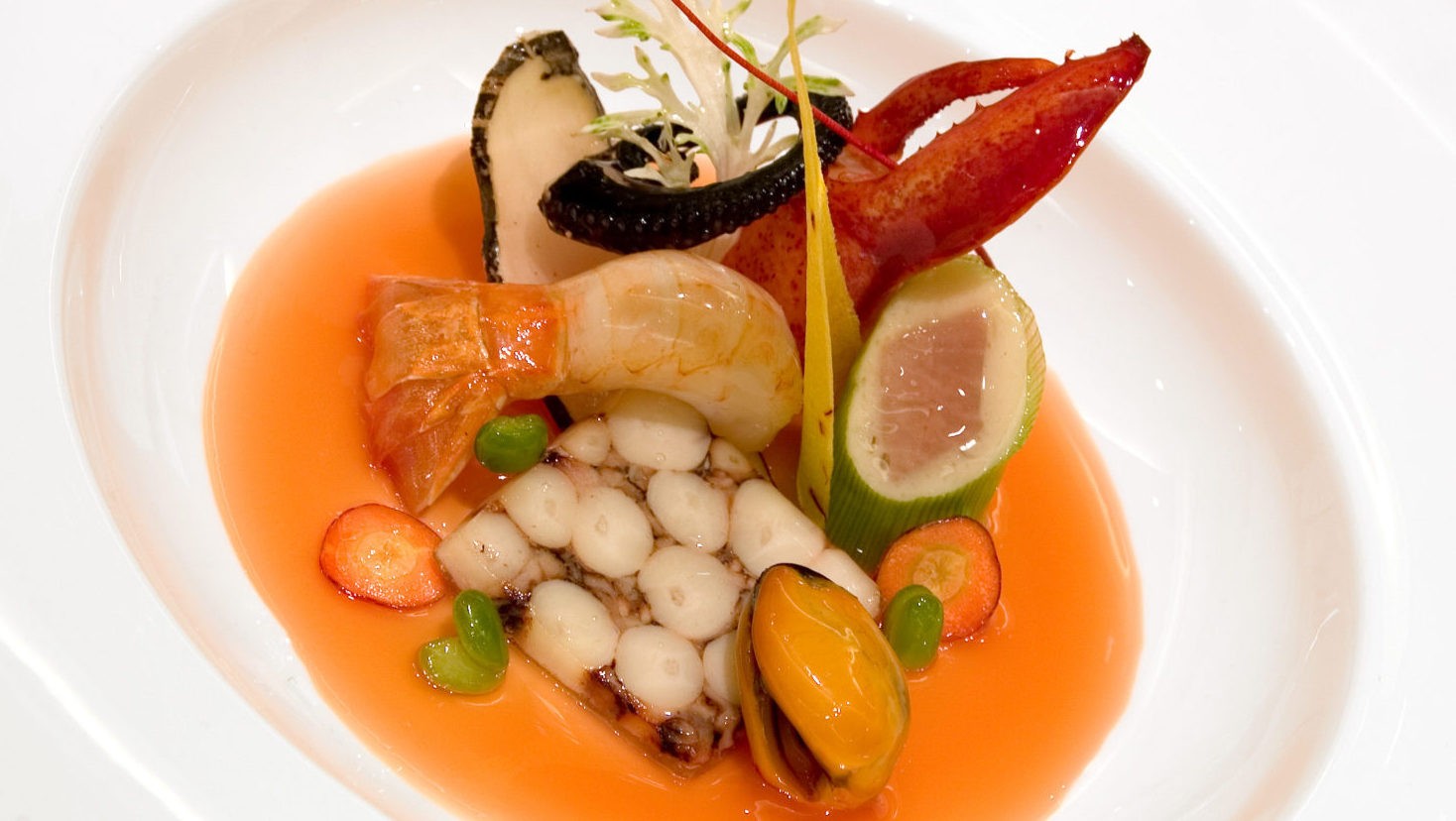The Challenge
We recently featured Moo Gloo in an episode of WTF, our weekly video series where we transform food (Subscribe using the form at the bottom of this page!)
In the episode, we featured uses in chicken, scallops, and even a nod for the vegetarian, but the episode sparked a great question from a viewer.
“Can Moo Gloo be used in octopus terrine?”
Octopus Gelatin?
In the traditional preparation of octopod terrine, the tentacles of an octopus are boiled and wrapped tightly to form, while well-equipped kitchens often prefer to sous vide. In both preparations, the octopus’ naturally occurring gelatin in the skin helps bind the terrine ‘log’ together as it cools.
A gelatin strength is measured in ‘bloom.’ Typically, this is between 150 and 300, with higher blooms being among the most desirable for typical culinary use.
A typical store bought gelatin powder is 225 Bloom.
A platinum gelatin is 230 Bloom.
Our strongest gelatin is beef gelatin with a 250 Bloom.
Octopus gelatin measures over 280 Bloom, making it one tough gel in your terrine.
A Leg Up (Or 8) with Moo Gloo
Moo Gloo, transglutaminase, binds lysine and glutamine proteins. Moo Gloo RM adds some casein to the mix for added support. Octopod do have both proteins, and so Moo Gloo will work to bind it, though you might want to experiment to ensure both are present in the fattier skin.
You’re more likely to want to add Moo Gloo if your recipe calls for steps that would take affect the octopus’ naturally occurring gelatin, such as removing the skin or charring.
Have a Question? Ask a Chef!
Modernist Pantry is here to help professional and home chefs transform food. We’re honored so many of you reach out to our test kitchen for problem solving and inspiration. Have a question? Ask a chef!


